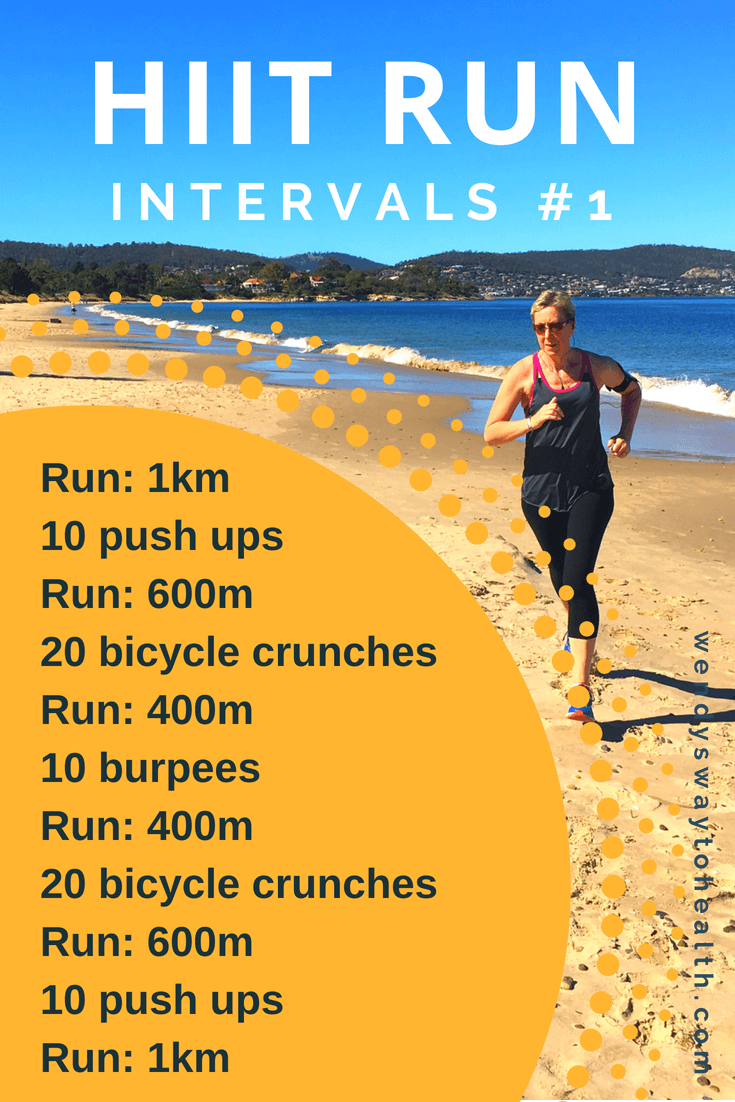Raise Your Running Strategy with Proven Techniques
Raise Your Running Strategy with Proven Techniques
Blog Article
Handling Typical Running Discomforts: Reasons, Solutions, and Avoidance
As runners, we typically come across numerous discomforts that can prevent our efficiency and satisfaction of this physical task. By discovering the origin factors for these operating discomforts, we can reveal targeted remedies and preventative actions to make certain a smoother and more fulfilling running experience.
Common Running Pain: Shin Splints
Shin splints, an usual running discomfort, usually result from overuse or improper shoes throughout physical activity. The repetitive anxiety on the shinbone and the tissues attaching the muscular tissues to the bone leads to swelling and discomfort.
To stop shin splints, people need to progressively enhance the strength of their exercises, use proper footwear with appropriate arch support, and maintain flexibility and toughness in the muscular tissues surrounding the shin. If shin splints do occur, preliminary therapy involves rest, ice, compression, and elevation (RICE) In addition, integrating low-impact tasks like swimming or biking can aid maintain cardiovascular physical fitness while allowing the shins to heal. Relentless or extreme cases may require clinical evaluation and physical treatment for effective management.
Common Running Pain: IT Band Disorder
Along with shin splints, one more prevalent running discomfort that professional athletes commonly run into is IT Band Syndrome, a condition triggered by inflammation of the iliotibial band that leaves the outer thigh and knee. IT Band Syndrome commonly manifests as pain on the exterior of the knee, specifically during tasks like running or cycling. The iliotibial band is a thick band of fascia that connects the hip to the shin, and when it becomes inflamed or tight, it can massage versus the thigh bone, causing pain and discomfort.
Joggers experiencing IT Band Disorder may discover a painful or aching sensation on the external knee, which can intensify with ongoing task. Elements such as overuse, muscle inequalities, improper running form, or poor warm-up can add to the growth of this condition. To avoid and reduce IT Band Disorder, joggers must concentrate on extending and strengthening exercises for the hips and upper legs, proper shoes, gradual training development, and addressing any biomechanical issues that may be aggravating the problem. Neglecting the signs and symptoms of IT Band Disorder can result in chronic issues and long term healing times, emphasizing the value of very early intervention and appropriate management techniques.
Common Running Pain: Plantar Fasciitis

Plantar Fasciitis can be credited to numerous factors such as overtraining, inappropriate footwear, working on difficult surface areas, or having high arches or level feet. To stop and reduce Plantar Fasciitis, runners can integrate stretching exercises for the calf bones and plantar fascia, use helpful shoes, maintain a healthy weight to lower strain on the feet, and progressively raise running strength to prevent sudden tension on the plantar fascia. If symptoms persist, it is suggested to seek advice from a health care professional for proper medical diagnosis and treatment alternatives to attend to the condition properly.
Usual Running Discomfort: Runner's Knee
After attending to the obstacles of Plantar Fasciitis, one more common concern that joggers usually encounter is Runner's Knee, an usual running pain that can prevent athletic efficiency and create discomfort throughout physical activity. Jogger's Knee, additionally known as patellofemoral discomfort disorder, shows up as pain around or behind the kneecap. Joggers experiencing this pain might really feel a dull, aching pain while running, going up or down stairs, or after prolonged durations of resting.
Usual Running Discomfort: Achilles Tendonitis
Frequently affecting joggers, Achilles Tendonitis is an unpleasant problem that influences the Achilles ligament, causing pain and possible limitations in exercise. The Achilles ligament is a thick band of tissue that attaches the calf bone muscles to the heel bone, essential for activities like running, jumping, and walking - this page. Achilles Tendonitis often creates due to overuse, inappropriate shoes, her latest blog inadequate stretching, or abrupt increases in exercise
Signs of Achilles Tendonitis consist of discomfort and tightness along the ligament, specifically in the morning or after periods of inactivity, swelling that gets worse with activity, and perhaps bone stimulates in chronic instances. To avoid Achilles Tendonitis, it is important to extend effectively previously and after running, put on appropriate footwear with correct assistance, progressively raise the intensity of exercise, and cross-train to decrease repeated stress and anxiety on the ligament. Therapy might include rest, ice, compression, altitude (RICE protocol), physical treatment, orthotics, and in severe cases, surgical procedure. Early treatment and appropriate treatment are vital for taking care of Achilles Tendonitis properly and preventing long-term issues.
Final Thought

Report this page